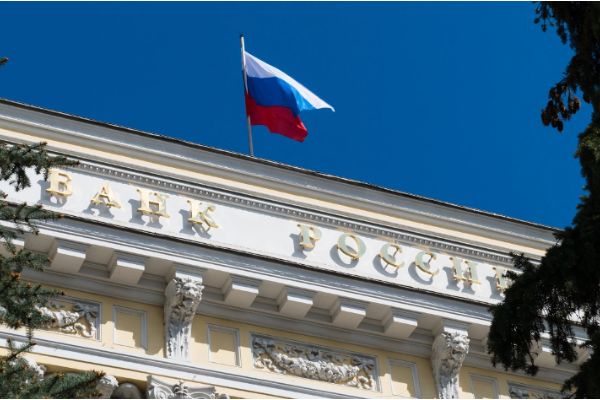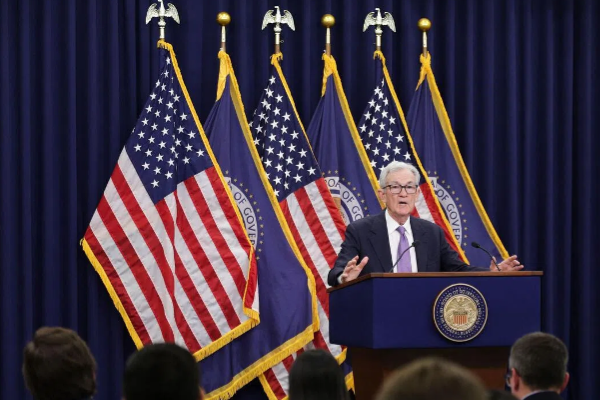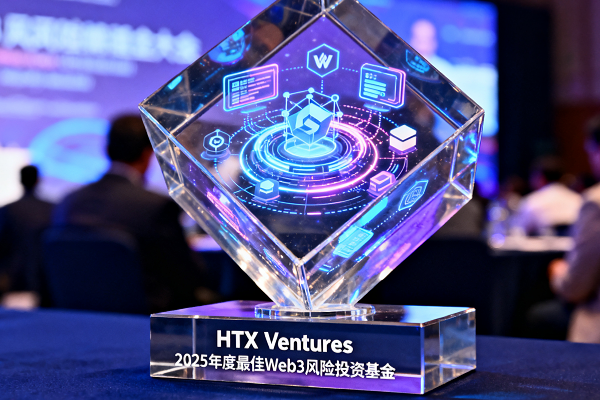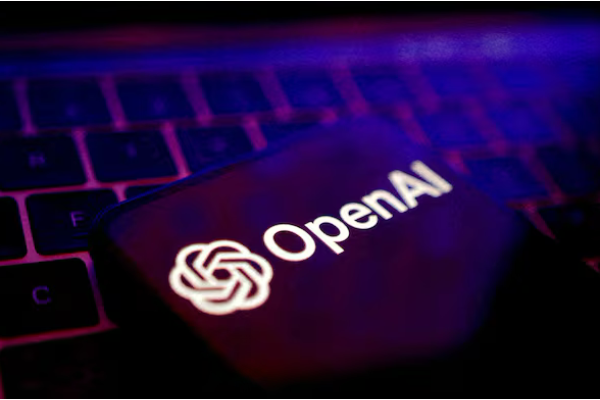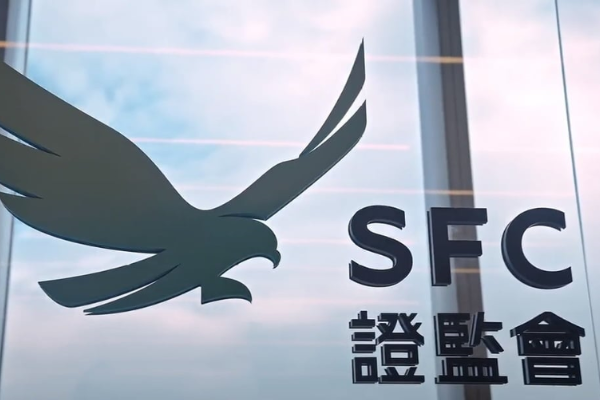Royal support! JuChain Thailand Summit focuses on the integration of edge computing and AI

Recently, the JuChain Global Ecosystem Co-construction Summit and Butterfly Protocol Launch Conference were grandly held in Bangkok, Thailand. The Thai royal prince and several current generals were present at the event, and gathered with blockchain leaders, node representatives, investment institutions and technical developers from all over the world to witness the accelerated arrival of the era of Web3 × AI × edge computing power integration.
The summit announced that JuChain officially launched a $150 million ecological support fund to support the global layout and ecological construction of the native protocol Butterfly. This fund will focus on the incubation of ecological projects, the improvement of node incentive mechanisms and the construction of a global developer community.
The Butterfly protocol focuses on three major directions, and the main network is officially launched
As the first native protocol under the JuChain ecosystem, Butterfly's strategy focuses on three core directions: traffic entry, protocol explosion, and node incentives. At the conference, the design logic and synergy value of the Butterfly protocol triggered extensive discussions, and its technical architecture and market potential were highly recognized by the industry, and the attention to the ecosystem continued to heat up.
According to official news, the Butterfly node purchase channel was opened on May 14, and the main network was officially launched on May 16. JuChain said that Butterfly will become a collaborative hub for global node co-construction, driving the efficient operation of the Web3 network through the integration of edge computing power and AI intelligence, and helping JuChain enter a new cycle of ecological growth.
Ecological collaboration enters a new stage
This summit not only marks the official launch of the Butterfly protocol, but also demonstrates JuChain's ambition to promote global ecological co-construction. Relying on a strong technical foundation and financial support, JuChain plans to accelerate the pace of international market expansion in the coming months to attract more developers and node partners to build a new generation of Web3 infrastructure.

